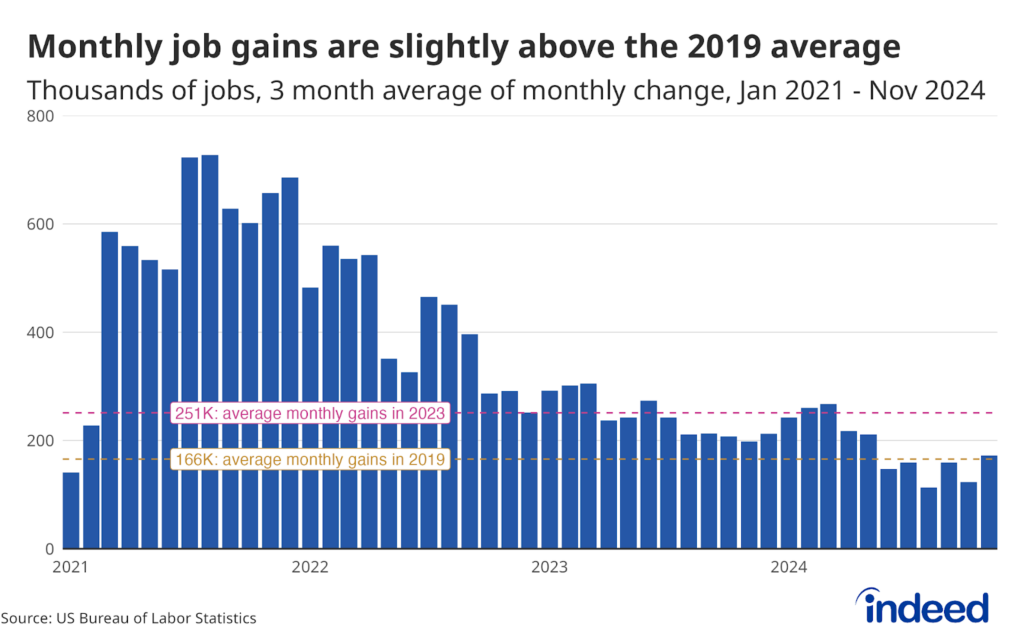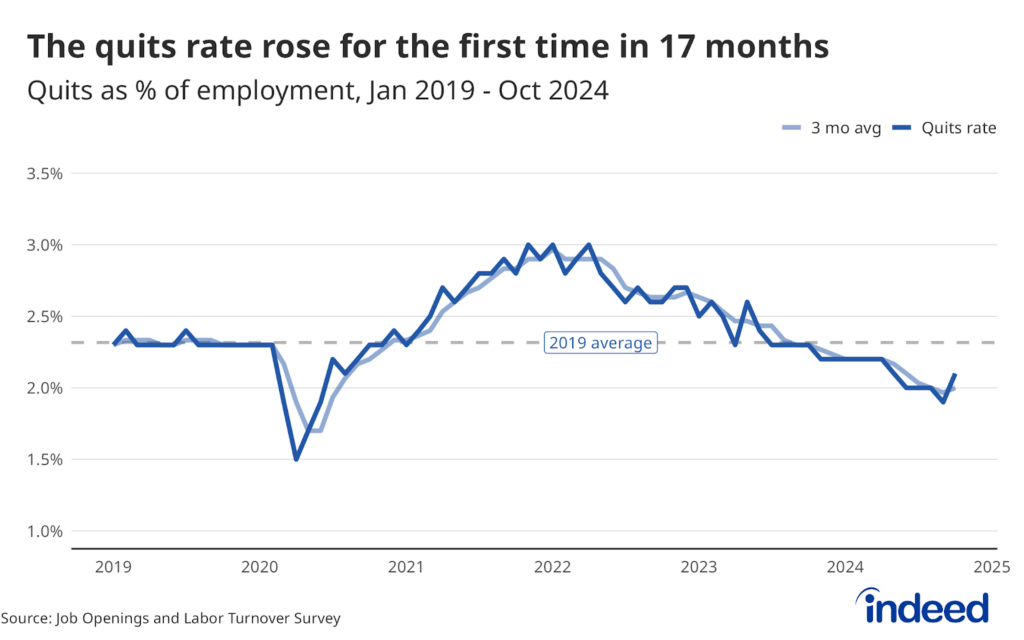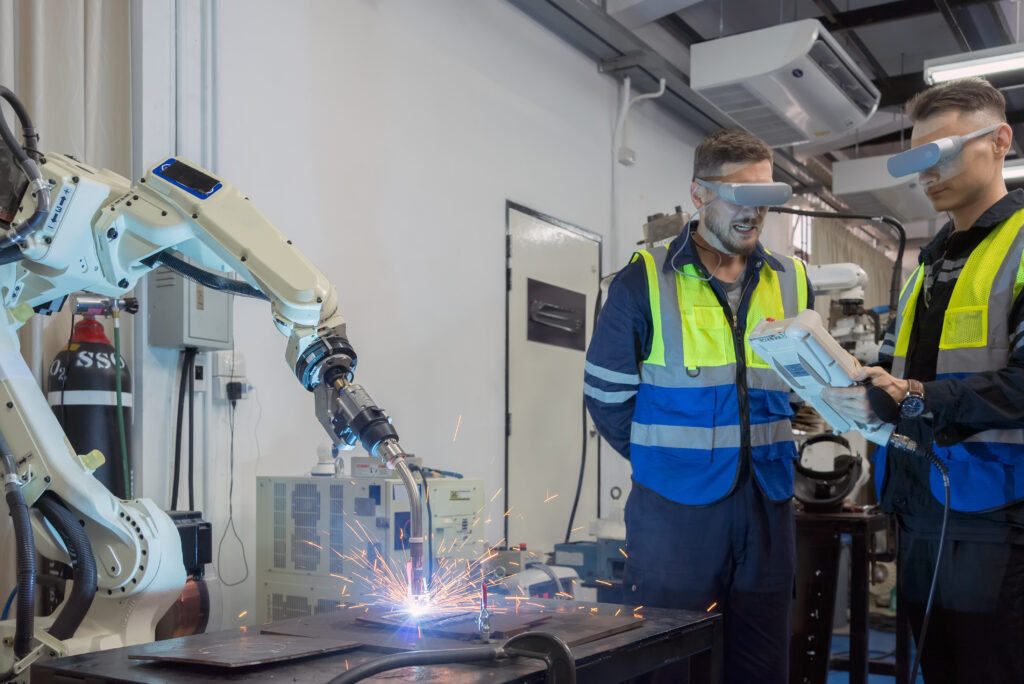Key Points
- This year’s seasonal job postings are 11% below their trend at the same point in 2019.
- The share of seasonal postings related to loading and stocking has more than tripled compared with previous years due to the rise of online shopping.
- Seasonal hiring is less likely to be for temporary positions this year as employers try to boost permanent headcount six months after the initial coronavirus shock.
This holiday season will be nothing like anything we’ve experienced before. The effects of COVID-19 will still be felt, affecting everything from family gatherings to what will be this year’s must-have gifts. Coronavirus hit retail sales hard this spring, but they have since rebounded and it’s unclear how strong holiday shopping will be. And hiring is shaping up differently from previous years, reflecting in part reduced store capacity and supply chain shortages. Yet, despite the uncertainty, many employers are still looking to hire seasonal workers.
Holiday postings sluggish
US holiday and seasonal job postings typically start to pick up in late summer, and the same holds true this year. Indeed seasonal job postings started to climb in late August. As of September 1, holiday job postings were largely on track with previous years, but that has since slipped away. By September 22, this year’s postings were 11% below the 2019 trend and 21% under the 2018 trend. If holiday hiring doesn’t pick up soon, the peak, which usually occurs in early November, will be far below previous years.
It’s no mystery what’s depressing demand for seasonal workers — uncertainty about coronavirus. COVID-19 has upended revenue forecasts for this holiday season. The pandemic has slammed shopping patterns and consumer spending down to the types of items people are purchasing. Think more bicycles and fewer spa gift cards.
Loading & stocking roles have surged
Meanwhile, the online shopping surge has shifted the composition of seasonal job postings. Hiring ads related to loading and stocking have more than tripled their share of total seasonal job postings from previous years. This parallels the general trend, which shows all loading and stocking job postings outpacing how they were doing the same time last year.
A shift away from temporary seasonal jobs
This boom in seasonal loading and stocking jobs does not appear to simply be a surge in temporary hiring spurred by COVID-19. Rather, there has been a shift from temporary seasonal jobs to permanent positions.
Last year, 54% of seasonal jobs were temporary, but such jobs have fallen to 37% in 2020. While employers are hiring less this holiday season, the positions available are more likely to be full- or part-time, not temporary.
Seasonal hiring is often a temporary opportunity to meet the surge of customer demand during the holidays. When employers designate such jobs as full or part-time, it indicates they anticipate elevated demand will continue after the holiday season. This year, many employers apparently want to prepare for the holiday season while also boosting permanent headcount as they recover from the initial coronavirus shock. By contrast, in previous years, a much larger portion of seasonal hiring was aimed strictly at handling holiday demand. The shift toward permanent hiring is good news for job seekers because these positions are likely to carry through into next year.
Job seeker interest muted
Historically, job seeker interest in seasonal postings starts to climb in mid-August, around the same time as postings. While there has still been an uptick this year, it’s much less pronounced than in previous years. As of September 22, the share of searches for seasonal jobs on Indeed per million searches was 38% lower than the trend at the same time in 2019 and 2018.
It seems counterintuitive that during a time of high unemployment, job seekers aren’t as eager for seasonal jobs as in the past. But, as with most trends these days, coronavirus is the reason. Six months into the crisis, search terms related to working from home are still among the fastest growing on Indeed. Most seasonal job opportunities require at least some face-to-face interaction and health concerns are still top of mind for many of those looking for work.
A childcare crisis may also be holding down searches for seasonal jobs. Across much of the country, hybrid or virtual schooling is in place, which means kids are still at home. With fewer childcare options available now than pre-COVID-19, going to a workplace may not be possible for many working parents.
Conclusion
In the midst of a pandemic, it’s difficult to predict what this holiday season will look like. With so much uncertainty, employers aren’t rushing to bring on large numbers of employees. Holiday hiring is behind where it normally is. At the same time, available positions are more likely to be permanent than in previous years. And the rapid shift to online shopping has made loading and stocking a much larger portion of seasonal jobs.
For their part, fewer job seekers are hunting for seasonal work, with searches below levels of previous years. Most seasonal jobs can’t be done from home and it’s likely that worries about COVID-19 are dampening job seeker interest. Regardless of what’s to come, this holiday season is guaranteed to be one of a kind.
Methodology
We define seasonal job postings as those with one or more holiday-related terms in the job title, including, but not limited to, “holiday,” “seasonal” and “Christmas.” Seasonal job searches are defined as those containing one or more of the same list of holiday-related terms.






